Tea is a wonderful pastime for many people. Everyone loves to visit, on holidays or for a cup of tea. Tea drinking is the key to a good conversation. Time flies over tea, and you can drink it at any time of the day. But the peculiarity of tea drinking is not only in delicious treats or in an expensive variety of tea, but also in the container in which tea is served.
Many countries and peoples have a special service in which this drink is poured. And if among the Western nations they include standard circles for all - cups, then for the people of the East they are cups.
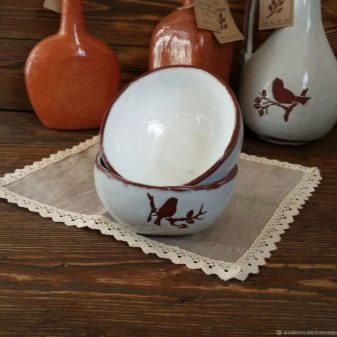
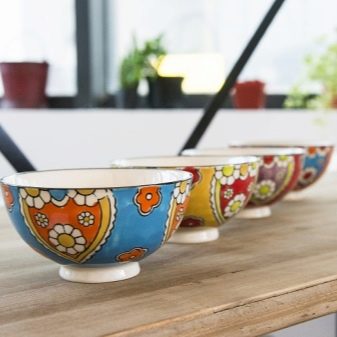
What it is?
A bowl is a small, penless container with a hemispherical shape. Different in size and volume bowls are used as containers for soups, tea and other dishes that are served to the table. Due to the unique round shape and size in the bowls, portioned food is often served on the common table. Oriental cuisine loves to pamper guests with a wide variety of different dishes. Since many people want to try everything all at once, such saucers ideally fulfill this role. The birthplace of the word “piala” is Persia, where it sounds like “piyale”. It is believed that such dishes are one of the oldest types of dishes in the world. Its first use began in the 1st century AD. Clay served as a material for creating bowls.
Over time, a person decides to surround himself with more convenient and practical things, so glass, as well as porcelain and ceramics, replaces breaking clay. Many people have a question about why there are no handles on such dishes. This happened due to the nomadic lifestyle of the eastern peoples. If there was a handle on the bowl, then it would interfere with the transportation of dishes in bags. Due to the absence of this element, space is saved, and the smaller bowl is subjected to mechanical stress, and the ability to break the bowl is reduced.

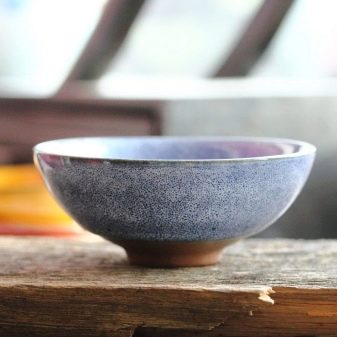
Over time, nomads invented special cases for bowls, which were considered especially valuable. To this day, the vessels from Chinese porcelain are considered the most valuable and authentic.
Now there is a mass production of bowls from the following materials:
- faience;
- clay;
- glass;
- porcelain;
- plastic;
- metal;
- a tree;
- Coconut
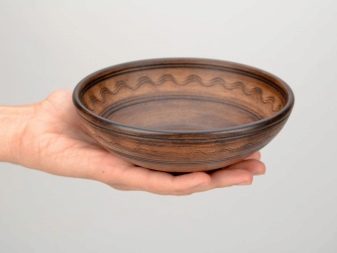
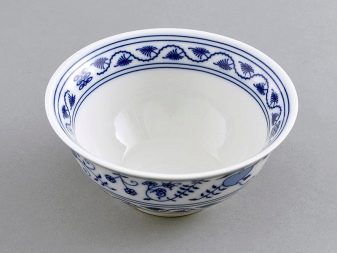
Kinds
The size and volume of bowls in the traditional form is very small: from about 25 to 120 ml, because it all depends on the manufacturer. The parameters of the walls, their thickness, the presence of an ornament or pattern, a lid or double walls also depend on the place of manufacture of the dishes.
Much also depends on the purpose for which such utensils will be used: whether they will be used for tea drinking or they will serve delicious soup.
- Green and white tea is drunk in fine china bowls. They are open, so drinking from such bowls is typical of the summer period, since these types of tea are drunk chilled to quench thirst. Warm tea in such china will quickly cool.
- If you want to drink hot tea in cold weather, then ceramic bowls with thickened or double walls are ideal for this, as the heat will be held much longer, which means that the tea will remain hot. At the same time, ceramics will not burn their hands much, but, on the contrary, will warm them.
- Glazed cups are used for teas such as Gaudan Oolong. This grade of tea contains essential oils. Thanks to glazed bowls, essential oils do not disappear immediately, but gradually open.
- For authentic Japanese tea drinking tea matcha should choose large bowls, which are called "tawan." A large volume of the bowl is necessary so that the powder of the match can be beaten with a whisk right in the bowl, and then pour boiling water.
- Medium-sized bowls are usually used for serving soup. The most common material for making such bowls is ceramic, since it is not as fragile as porcelain. Such bowls already have small handles that facilitate transfer during serving.
- Glass bowls are preferable for sauce or jam - they are organic and concise, go to any table, and will not distract attention. Most often, small bowls are selected for sauces. When setting the table, it is customary to use the principle: one bowl - one person.
- Wooden bowls are today's eco style. Of course, wooden bowls have been used for a long time, but they have become truly popular only now. These include coconut bowls. Such bowls are light and practical, without any special pattern or patterns.
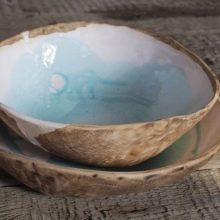

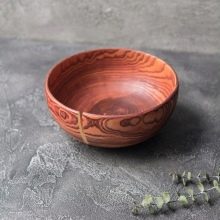
Differences
Each country has its own principles and traditions that were passed down from generation to generation, from parents to children. It is not surprising that many tourists, arriving in a particular country, try to find a unique restaurant with local cuisine in order not only to taste local food, but also to enjoy serving. In Kazakh, Tajik and Uzbek cuisine, food is most often served in open bowls with wide edges, without a lid, so that the aroma is everywhere. A special ingredient is spices.
Japan - The Land of the Rising Sun - prefers ceramic products of different sizes. Most often, in addition to soup, rice is always served in bowls, which is then wrapped in nori sheets or simply consumed without anything. China is famous for its china. The museums display whole compositions from royal sets. The variety of such products is quite large, and each tea has its own type (with flat or flat walls, rounded). For soup, dishes with thickened walls are used.
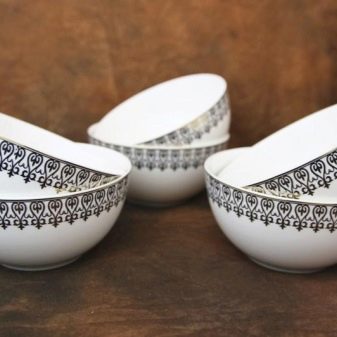

All dishes are united by a drawing - a motif of Chinese culture and religion, made using different ornaments or inscriptions. Chinese bowls are restrained, but can be made in any color.The most common colors are red, black, white and blue.
Clay and glass bowls do not belong to a certain country, which first would actively use these materials. Often, people make clay cups on their own, for example, in modeling courses. Glass bowls are provided to us by shops.
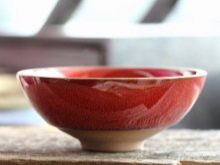
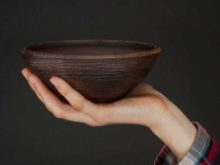
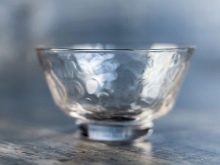
How to choose?
Chinese tea bowls are the most popular among Eastern culture. Their convenience was noted by many connoisseurs of not only China itself, but also those who only get acquainted with this culture. The main point that you pay attention to when choosing a pair of bathtubs is their volume. The kettle should have exactly as much water as needed to fill one pair of bowls. This means that the kettle should contain approximately 50 ml of liquid. Much will also depend on the bowels themselves - they can be larger in volume.
Large gift sets are now available, which include a kettle, as well as two pairs of bowls. There are other sets where the number of pairs is higher. In addition to aesthetic aspects, when buying, you should pay attention to making the bowl comfortable, not slipping out of your hands, not very rough, and the surface does not have nicks.
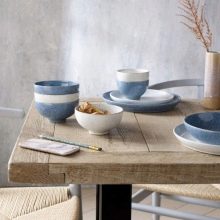
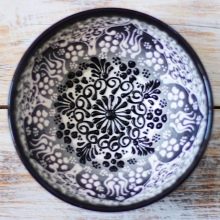
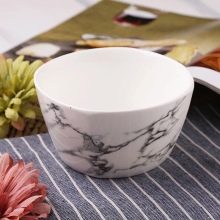
There should also be no cracks or small chips. All these points should be checked before purchasing the goods, and then the bowls will last for many years to their owner.
In the next video, you will find an overview of the cups for the tea ceremony.









